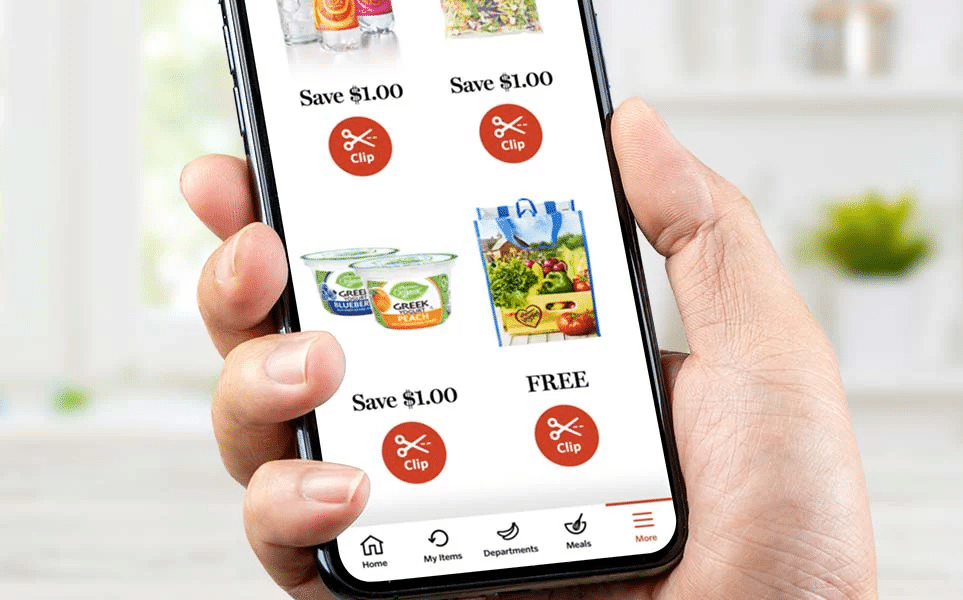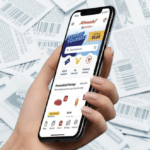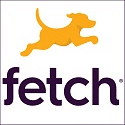
Way back in 1965, it was headline news when grocery coupon usage surpassed one billion redemptions for the first time. Six decades later, we’re staring down another potential milestone – one billion coupon redemptions.
Wait, didn’t we already do that?
It may seem unimpressive to repeat an achievement first reached generations ago. But this time, it’s actually good news. Coupon use is on the rise again, and a billion coupon redemptions in a year would be a notable improvement from where we’ve been recently.
According to Inmar Intelligence’s annual Promotions & Shopper Behavior Trends report, coupon redemptions rose again in 2024 for the second straight year, after a dozen-year decline. 871 million coupons were used in stores throughout the year, up a modest but not insignificant 3% from the year before. It’s far from the eye-popping peak of 7.8 billion coupons redeemed back in 1994. But as redemptions plummeted virtually every year since, bottoming out at 770 million in 2022, the fact that a billion annual redemptions is in our sights again is seeming pretty good.
The increase in coupon redemption is largely driven by growing digital coupon use. More than half of all coupons redeemed last year were digital, with usage rising 11%. Paper redemption volume continues to decline, mainly due to a drop in the use of newspaper insert coupons, which now make up only 3% of all coupons redeemed.
Digital also dominates when it comes to coupon distribution. While an alarmingly low-sounding 67 billion coupons were issued last year, down 33% from the year before and well off 2010’s all-time high of 332 billion, the decline is largely due to the dearth of available newspaper insert coupons. Digital coupon distribution rose 12% year-over-year, representing nearly a quarter of all coupons available.
Overall, declining distribution figures combined with rising redemption figures means that the coupon redemption rate is higher than we’ve seen in quite a while. 1.3% of all coupons issued last year were used, far more than the fraction of a percent typically redeemed. That signifies that more of the coupons available are more targeted and meaningful to shoppers, and there are far fewer unused, unwanted coupons that go to waste.
That’s happening at just the right time, as inflation-weary shoppers are hungry for savings. In a survey coinciding with the Trends report, Inmar found that more than half of shoppers expect grocery prices to increase this year. 60% regularly switch brands to take advantage of better prices or promotions. And 84% said coupons have had an impact on their purchasing decisions.
And the good news is that coupon values appear to be keeping up with inflation. Among coupons for food products, the average face value has soared to $2.74, up 57% from a year earlier. The average purchase requirement is down to 1.4 units, which makes the average value per unit $1.92, up a whopping 75% from the previous year. Nonfood coupons are more valuable, with an average face value of $3.35. With an average purchase requirement of 1.2 units, the average nonfood value per unit is $2.80, up 13% year-over-year.
So coupons are better than they’ve been in a while, and shoppers are taking note of when they are – and aren’t – available. More than half said digital coupons have the greatest influence on their purchase decisions and loyalty. 43% aren’t sure if they’d stick with a brand if it stops offering promotions and discounts. And more than half would leave their preferred brand if it costs more than they’re willing to pay.
“Shoppers continue to need and look for savings,” Inmar concluded. So brands “must continue to earn shoppers’ loyalty and trust,” by responding to their desire for coupons and deals. And if coupons’ increasing popularity gets us to that one-billion redeemed milestone, we may soon be couponing like it’s 1965 again.
Image source: Wegmans










